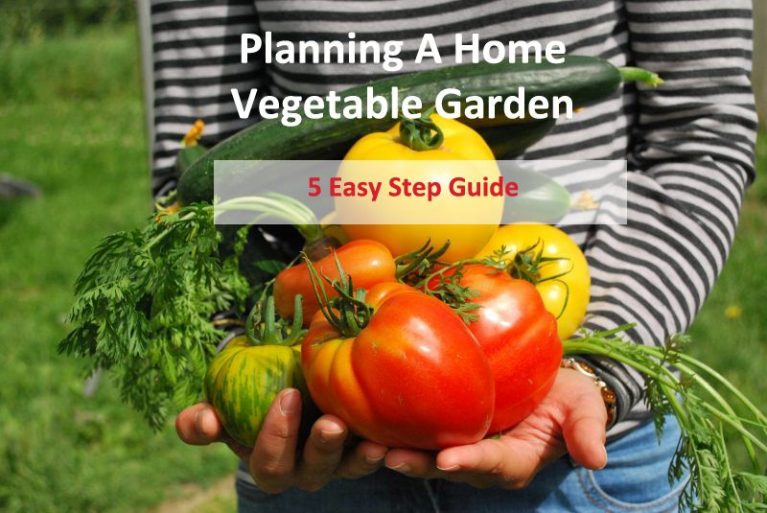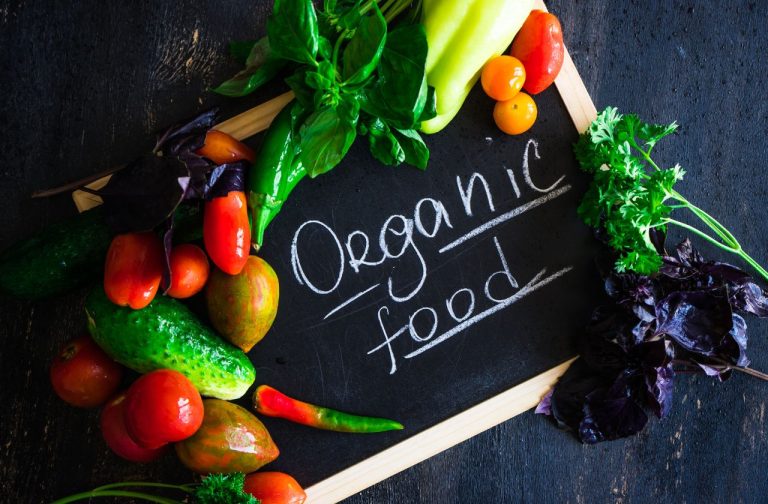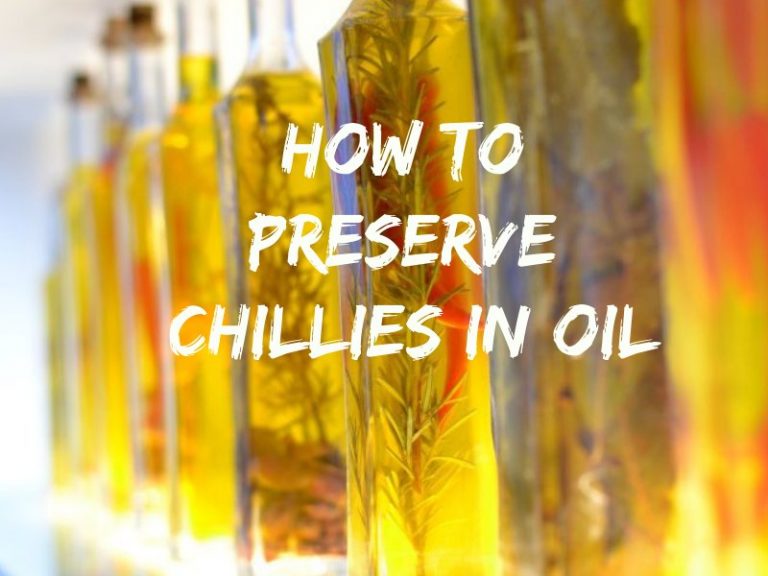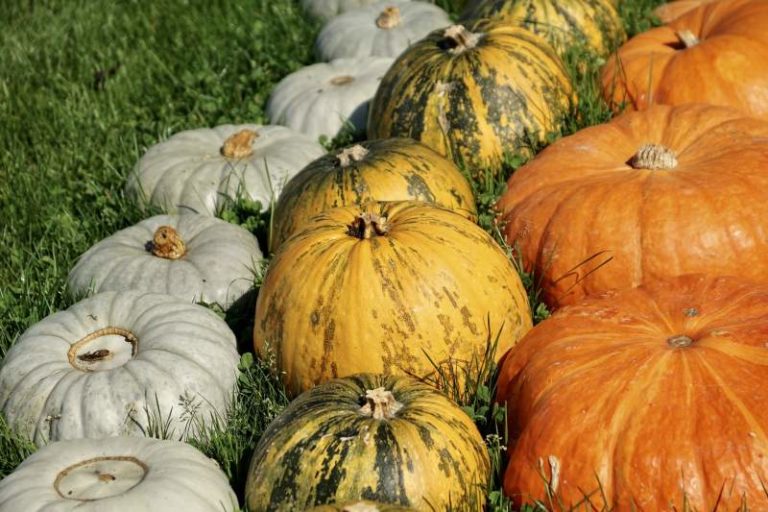Common Mistakes in Seed Saving and How to Avoid Them
I get commissions for purchases made through links in this post. View our Affiliate Disclaimer.
Seed saving from your own garden can be a rewarding and cost-effective way to preserve your favorite varieties, ensure food security, and a successful harvest for years to come. However, without proper technique and attention to detail, even the most well-intentioned seed savers can fall prey to common mistakes that can render their seeds unusable or even contaminate their entire seed stock.
Are you unknowingly sabotaging your seed-saving efforts? From inadequate drying and improper storage to inaccurate labeling and poor record-keeping, these mistakes can be costly and frustrating. But fear not! With a little knowledge and planning, you can avoid these common pitfalls and become a successful seed saver. In this article, we explore the most common mistakes seed savers make and provide practical tips and techniques for avoiding them so you can confidently collect, store, and replant your seeds with success.
Seed Saving Key Takeaways
- Inadequate labeling leads to confusion, so use clear and accurate labels to easily identify and organize seeds.
- Improper drying techniques spoil seeds, so dry seeds thoroughly to reduce moisture content to 8-12% for ideal storage.
- Poor storage conditions harm seeds, so use airtight containers, maintain steady temperatures, and control humidity with moisture-absorbing agents.
- Failing to monitor seed quality leads to planting low-quality seeds, so regularly inspect seeds and test for germination.
- Inconsistent harvesting techniques affect seed viability, so harvest seeds when fully ripe and dry them uniformly to avoid mold growth.
Inadequate Seed Labeling Practices
When seed saving, slipping up on labeling can lead to a mix-up of monumental proportions, making it tough to tell your Brandywine from your Cherokee Purple tomatoes.
Inadequate labeling can result in a confusing jumble of seeds, making it difficult to identify specific varieties. This can be frustrating, especially if you’ve spent time and effort cultivating and harvesting your tomatoes or other vegetable seeds.
To avoid this chaos, it’s important to prioritize proper labeling. Clear and accurate labeling is vital for successful seed saving. When you label your seeds correctly, you can easily identify and organize them for future planting. This means you’ll be able to distinguish between different varieties, ensuring you’re planting the right seeds for the harvest you want.

Insufficient Seed Drying Methods
Improperly dried seeds are prone to spoilage rather than yielding a successful harvest. If seeds are not adequately dried before storage, they may prematurely germinate or decay, making them unusable when you need them most.
To avoid this, make sure to dry your seeds thoroughly before storing them. You can do this by air drying them in a well-ventilated area or using a dehydrator on low heat. The goal is to reduce the moisture content to around 8-12%, which is ideal for seed storage.
If you’re unsure, consider investing in a seed moisture tester to confirm that your seeds are adequately dried. However, seed moisture meters do not work with all seed types. Remember, a seed coat that’s too moist will absorb moisture, causing mold and decay. So, take the time to dry your seeds properly, and you’ll be rewarded with healthy, viable seeds ready to store.
Poor Seed Storage Conditions
Now that you’ve carefully dried your seeds, it’s essential to store them properly to maintain their viability. To avoid poor seed storage conditions, focus on three key areas: humidity control failure, inadequate container sealing, and temperature fluctuations.
Humidity Control Failure
Failing to maintain a humidification level below 50% can lead to devastating consequences for your stored seeds. When humidity levels are too high, seeds become susceptible to mold growth, reducing their viability and overall quality. Moisture in storage containers must be monitored, as it can cause seeds to germinate prematurely or even rot, rendering them useless.
You might think you’re storing your seeds properly, but low humidity can also be a problem. If the humidity is too low, the seeds can dry out too much, risking seed deterioration.
To avoid this, it’s important to prioritize humidity control in your seed storage. One effective way to do this is using moisture-absorbing agents like silica gel in your storage containers. These agents absorb excess moisture, maintaining a stable humidity level that’s conducive to seed longevity.
Inadequate Container Sealing
Can a tiny gap in your storage container seal be the difference between viable seeds and a failed harvest? The answer is yes. Inadequate container sealing can lead to moisture exposure, reducing seed viability and compromising your entire harvest. When the containers are not sealed properly it can result in mold growth and seed damage.
To avoid this mistake, make sure you’re using airtight containers that are specifically designed for saving seeds. Check the seals regularly to make sure they’re still intact.
Oxygen exposure due to poor sealing can reduce seed longevity, so it’s important to maintain airtight conditions in your storage containers. By taking these precautions, you’ll be able to preserve the quality of your seeds and enjoy a successful harvest.
Temperature Fluctuations
You risk compromising your seed collection’s viability when you store them in areas with fluctuating temperatures. Temperature fluctuations can reduce seed viability and shorten their lifespan. When seeds are exposed to unstable conditions, they may lose their ability to germinate, making them useless for future planting.
Rapid temperature changes can cause moisture to condense inside seed storage containers, leading to mold growth or seed deterioration over time. To avoid this, it’s essential to store seeds in ideal seed storage conditions characterized by steady temperatures and low humidity levels.

Failure to Monitor Seed Quality
By neglecting to inspect your seeds regularly for signs of mold, discoloration, or damage, you risk planting low-quality seeds that may not germinate or produce healthy plants. Monitoring seed quality is essential to ensure you’re saving and harvesting high-quality seeds.
| Seed Quality Check | Action |
|---|---|
| Mold or mildew | Discard seeds to prevent contamination |
| Discoloration | Test for germination, consider re-saving seeds |
| Damage (cracks, breaks) | Separate and store damaged seeds separately |
You can assess seed viability by conducting germination tests before planting. Proper storage conditions, such as cool temperatures and low humidity, help maintain seed quality. Additionally, avoid saving seeds from weak or diseased plants to guarantee high-quality seed stock. Regularly rotating stored seeds and using them within their viable period prevents deterioration in quality. Monitoring seed quality helps to save time and resources and ensure a bountiful harvest.
Inconsistent Seed Harvesting Techniques
When saving seeds, it’s important to develop a consistent approach to harvesting. Pay attention to timing, as harvesting seeds at the wrong stage can lead to poor quality and low germination rates.
Timing Is Everything
Inconsistent seed harvesting techniques can lead to a rollercoaster of seed quality, making it imperative to pinpoint the perfect moment to reap the rewards of your labor. Harvest seeds when they’re fully ripe, as this guarantees viability and successful germination.
Inconsistent timing can lead to seeds being underdeveloped or overripe, affecting their ability to sprout. To get it right, check for visual cues like color changes or drying seed heads to determine the right time for harvesting.
Proper timing is essential for preserving the genetic integrity of the seeds and maintaining plant traits. Following a consistent schedule for seed harvesting helps improve seed quality and overall garden success.
Additional Must-Have Resources For Successful Homesteading
Get Yours Now!
Wrong Seed Selection
Diversifying your seed harvesting methods can introduce a range of challenges, such as incorrect seed selection and confusion when identifying saved seeds. This variability may lead to mixed batches or unlabeled seeds, complicating the distinction between different varieties.
Here are some tips to keep in mind:
- Collect seed heads at the same stage of maturity to maintain uniformity.
- Harvesting seeds should be done at the same time of day to avoid moisture content variations.
- Dry the seeds using the same method to avoid differing levels of dryness.
- Collect and save seeds in a systematic way, using labels and categories to keep track of varieties.
Inadequate Drying Methods
Failing to thoroughly dry your harvested seeds can jeopardize their quality and ability to germinate. Improper drying techniques may promote mold growth, diminishing seed viability and impacting germination rates. Ensure your seeds are fully dried before storing them to prevent any risk of decay.
Inconsistent seed harvesting techniques can result in some seeds being overly dry while others are still moist, so it’s essential to dry them uniformly. To achieve ideal dryness, let them dry in a well-ventilated area with low humidity to prevent moisture retention. Shake the seeds gently to prevent moisture retention between seeds, and check on them regularly to ensure they’re not too dry or moist.
Moist seeds are prone to fungal infections, affecting their germination rates and overall quality. Taking the time to properly dry your seeds will reward you with healthy, viable seeds that will thrive in the next growing season. Remember, adequate drying is an important step in seed saving, and it’s worth the extra effort to get it right.
Lack of Seed Record Keeping
Without a system for tracking saved seeds, you will end up with a collection of mystery seeds that are difficult to identify or use effectively. This lack of organization can lead to confusion when planting or sharing seeds with others. To avoid this, establishing a record-keeping system for your saved seeds is vital.
Here are some key details to include in your records:
- Plant type and variety: Keep track of the specific plant type and variety to make sure you’re planting the right seeds.
- Harvest date: Record the date you harvested the seeds to determine their age and potential viability.
- Seed source: Note the source of the seeds, whether it’s from your own harvest or purchased from a supplier.
- Storage conditions: Record the storage conditions, such as temperature and humidity, to ensure the best seed viability.
Conclusion
Being mindful of common seed saving mistakes helps you guarantee the preservation of healthy and viable seeds for future planting. Proper labeling, thorough drying, suitable storage, regular quality checks, and consistent harvesting techniques are key to avoiding compromised seed viability and quality. The implementation of these strategies will see you be well on your way to successful seed saving and a bountiful harvest.
Get more posts like this
Subscribe to our mailing list and get interesting homesteading and green living info and updates to your email inbox.
Thank you for subscribing.
Something went wrong.







